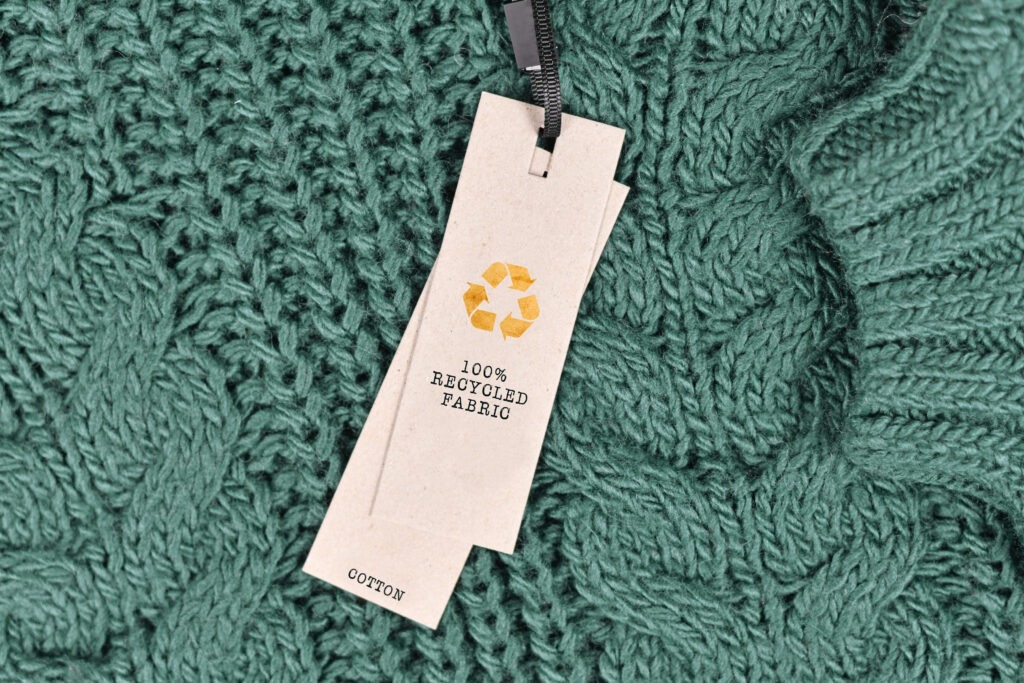
In recent years, a revolutionary shift has been witnessed in the fashion industry as consumers and designers alike are increasingly recognizing the importance of sustainable fashion. This fashion movement goes beyond mere trends and aesthetics, focusing on responsible practices that prioritize environmental and social well-being. In this article, we will explore the concept of sustainable fashion, its distinctions from fast fashion, the processes involved in creating sustainable clothing, the pros and cons of embracing this approach, and most importantly, how sustainable fashion makes a positive impact on our environment.
What is Sustainable Fashion and Clothing
Sustainable fashion is a holistic approach to clothing production and consumption that considers the environmental, social, and ethical aspects of the entire lifecycle of a garment. At its core, sustainable fashion aims to minimize the negative impact on the planet and promote fair and ethical practices throughout the supply chain. This encompasses everything from the sourcing of high-quality raw materials to the manufacturing process, distribution, and eventual disposal or recycling of the clothing.
Sustainable clothing is crafted with longevity in mind, ensuring durability and timeless design. It often involves the use of eco-friendly materials, ethical labor practices, and environmentally conscious manufacturing processes.
Sustainable Fashion vs. Fast Fashion
Fast fashion is characterized by its rapid production cycles, allowing brands to quickly bring inexpensive, trendy garments to the market. However, this model is notorious for its detrimental effects on the environment and workers. In contrast, sustainable fashion prioritizes quality over quantity, focusing on timeless designs that withstand trends and encouraging consumers to buy fewer, higher-quality pieces.
One of the key distinctions lies in the longevity of the clothing. Fast fashion items are often designed to be disposable, contributing to a throwaway culture that generates significant textile waste. Sustainable fashion, on the other hand, encourages consumers to invest in durable, versatile pieces that stand the test of time.
How Is Sustainable Clothing Made?
The production of sustainable clothing involves a thoughtful selection of materials and use of natural resources, ethical manufacturing processes, and a commitment to reducing the carbon footprint associated with the life cycle of a product. Eco-friendly fabrics such as organic cotton, hemp, bamboo, and recycled polyester are commonly used in sustainable fashion. These materials are sourced responsibly, minimizing environmental impact and supporting fair labor practices.
Manufacturers of sustainable clothing also prioritize eco-friendly dyeing and finishing techniques, use less water, and minimize the use of microplastics and toxic chemicals that can enter aquatic ecosystems and cause environmental harm. Additionally, many sustainable brands focus on local production to reduce transportation-related emissions.
Pros and Cons of Sustainable Fashion
Pros:
- Environmental Conservation: Sustainable fashion reduces the industry’s reliance on finite resources and minimizes pollution and waste.
- Ethical Fashion Labor Practices: Many sustainable brands prioritize fair living wages and safe working conditions for their employees.
- Longevity and Timeless Design: Sustainable clothing is designed to last, reducing the need for frequent replacements.
Cons:
- Higher Initial Cost: Sustainable fashion items may have a higher upfront cost due to the use of eco-friendly materials and ethical manufacturing processes.
- Limited Accessibility: Sustainable fashion may not be as readily available or affordable for all consumers.
- Educational Gap: Some consumers may lack awareness about sustainable practices and the impact of fast fashion, hindering widespread adoption.
How Does Sustainable Fashion Impact the Environment?
The impact of sustainable fashion on the environment is profound and far-reaching. By utilizing eco-friendly materials and ethical practices, sustainable fashion significantly reduces the carbon footprint associated with clothing production. The emphasis on longevity also lessens the environmental impact of disposal, as durable garments contribute less to the growing issue of textile waste.
Moreover, sustainable fashion fosters a shift in consumer behavior, encouraging individuals to make mindful choices and embrace a more conscious approach to clothing consumption. This change in mindset is crucial for creating a sustainable and regenerative fashion industry that respects the limits of our planet.
In conclusion, sustainable fashion is a powerful force driving positive change in an industry known for its environmental and social challenges. By understanding what sustainable fashion is, how it differs from fast fashion, the processes involved in its creation, and weighing its pros and cons, consumers can make informed choices that contribute to a more sustainable and ethical future for the fashion industry. Through these collective efforts, we can foster a fashion culture that not only celebrates individual style but also respects and preserves the beauty of planet Earth.
FAQs About Sustainable Fashion
Is fast fashion sustainable?
Fast fashion is unsustainable. It relies on rapid production and low-cost clothing, contributing to environmental degradation and ethical concerns.
Is thrifting considered sustainable fashion?
Yes, thrifting is sustainable fashion. Purchasing second-hand items for reuse reduces textile waste and lessens the environmental impact associated with new clothing production.
How can I tell if a fashion brand is sustainable?
Check for eco-friendly materials, ethical manufacturing practices, transparency about the supply chain, certifications like GOTS or Fair Trade, and a focus on longevity in design.
What are some popular sustainable fashion brands?
Patagonia, Eileen Fisher, Reformation, Girlfriend Collective, Veja, and Stella McCartney are renowned for their commitment to sustainability, using eco-friendly materials and ethical practices. A more comprehensive list of sustainable clothing brands can be found here.
Looking Towards the Future
For those who are paving the way in sustainable living choices such as sustainable fashion and eco-friendly cleaning products, you can have a profound social impact as trendsetters and educators. Parents can do their part by encouraging future generations to live more sustainably than past generations. Check out this article on how to get your kids excited about sustainability to learn more.
If you’re interested in more tips for cultivating a sustainable lifestyle, check out Clearway Community Solar’s other sustainable living blogs.









